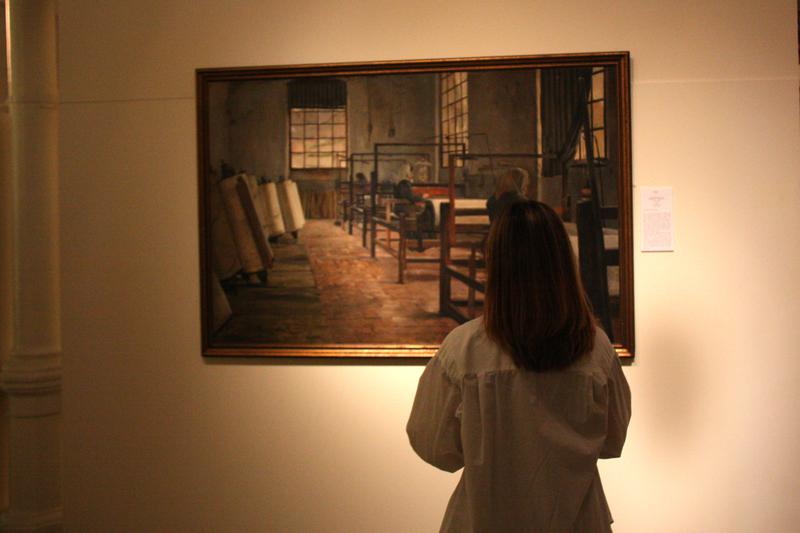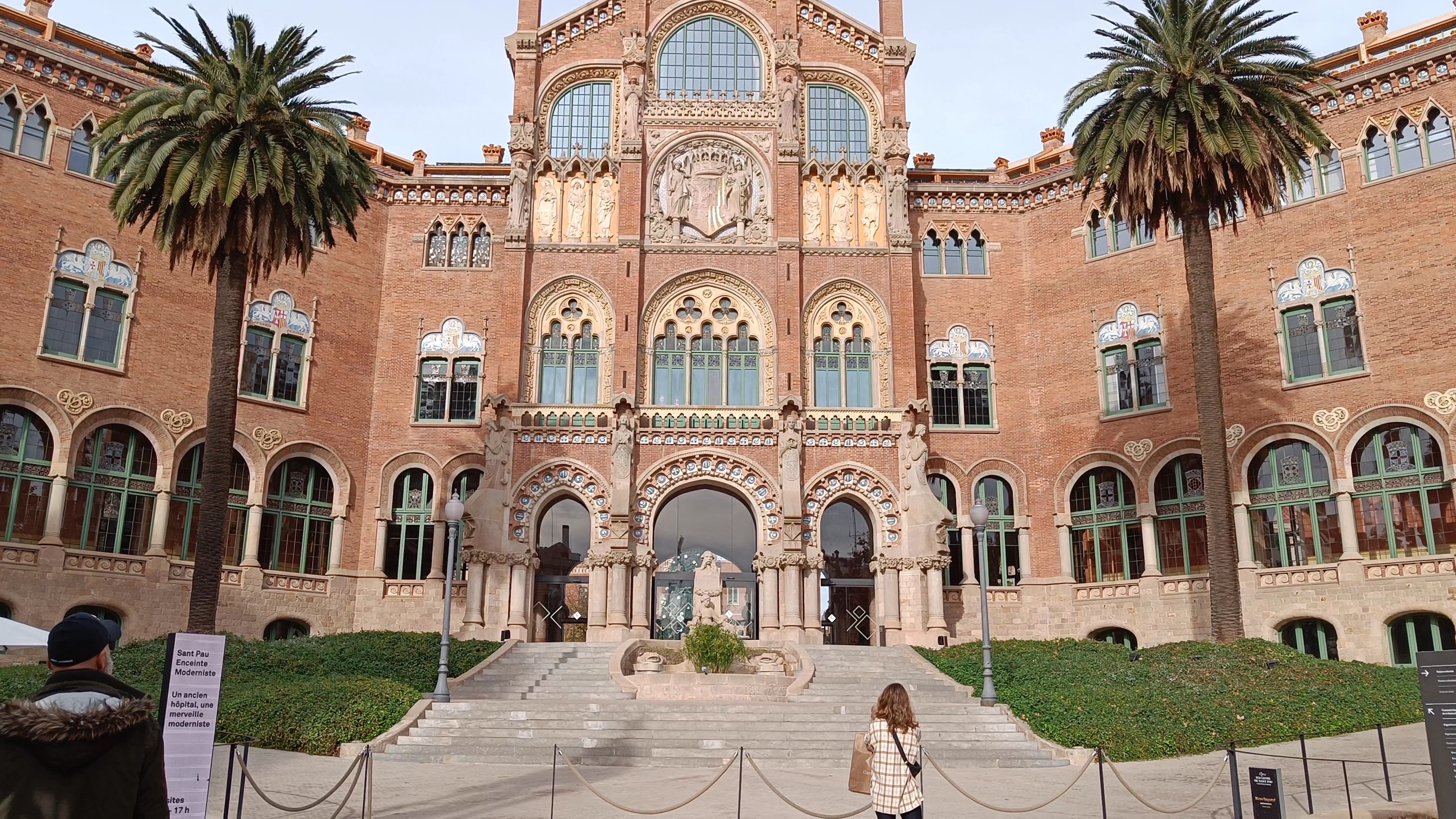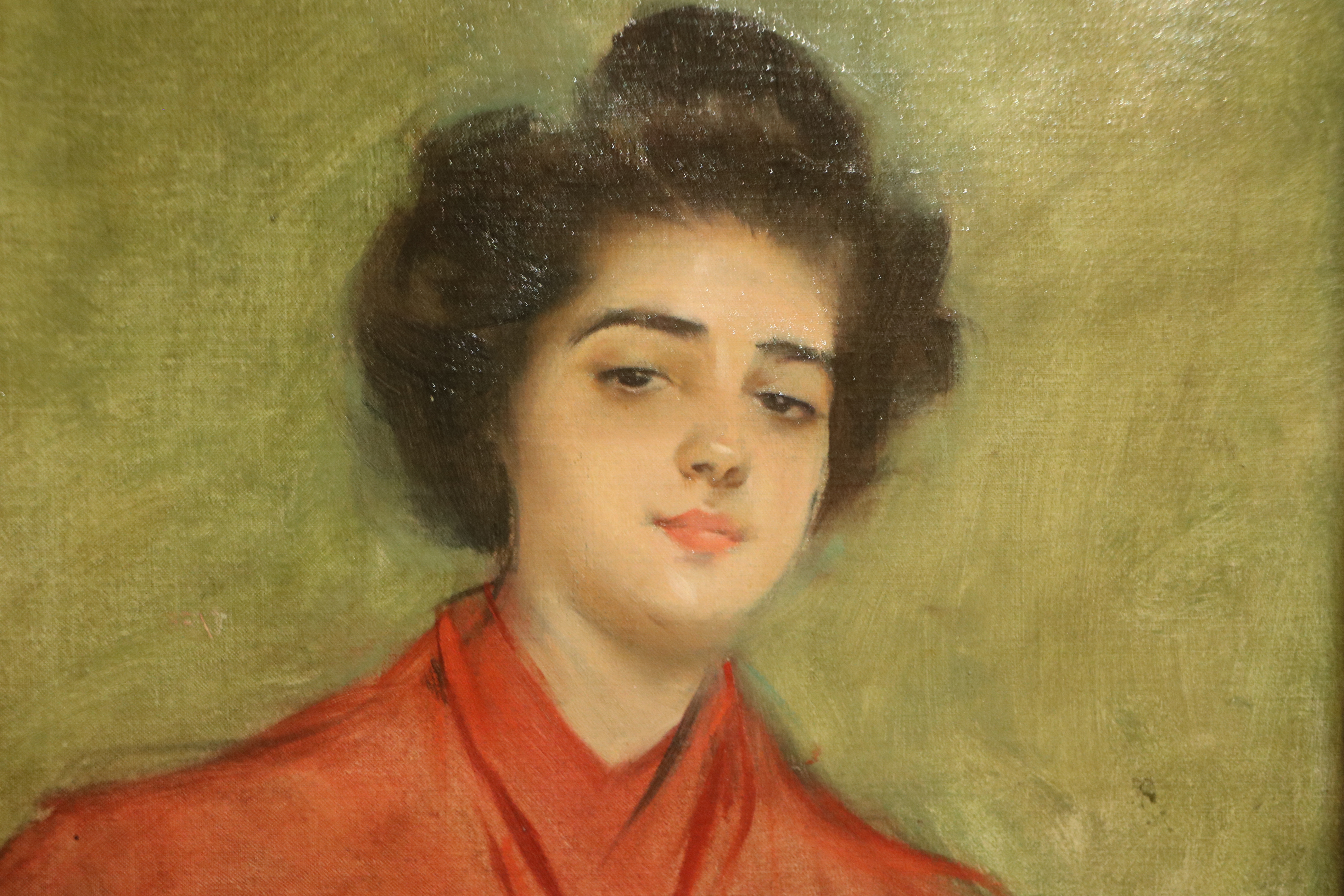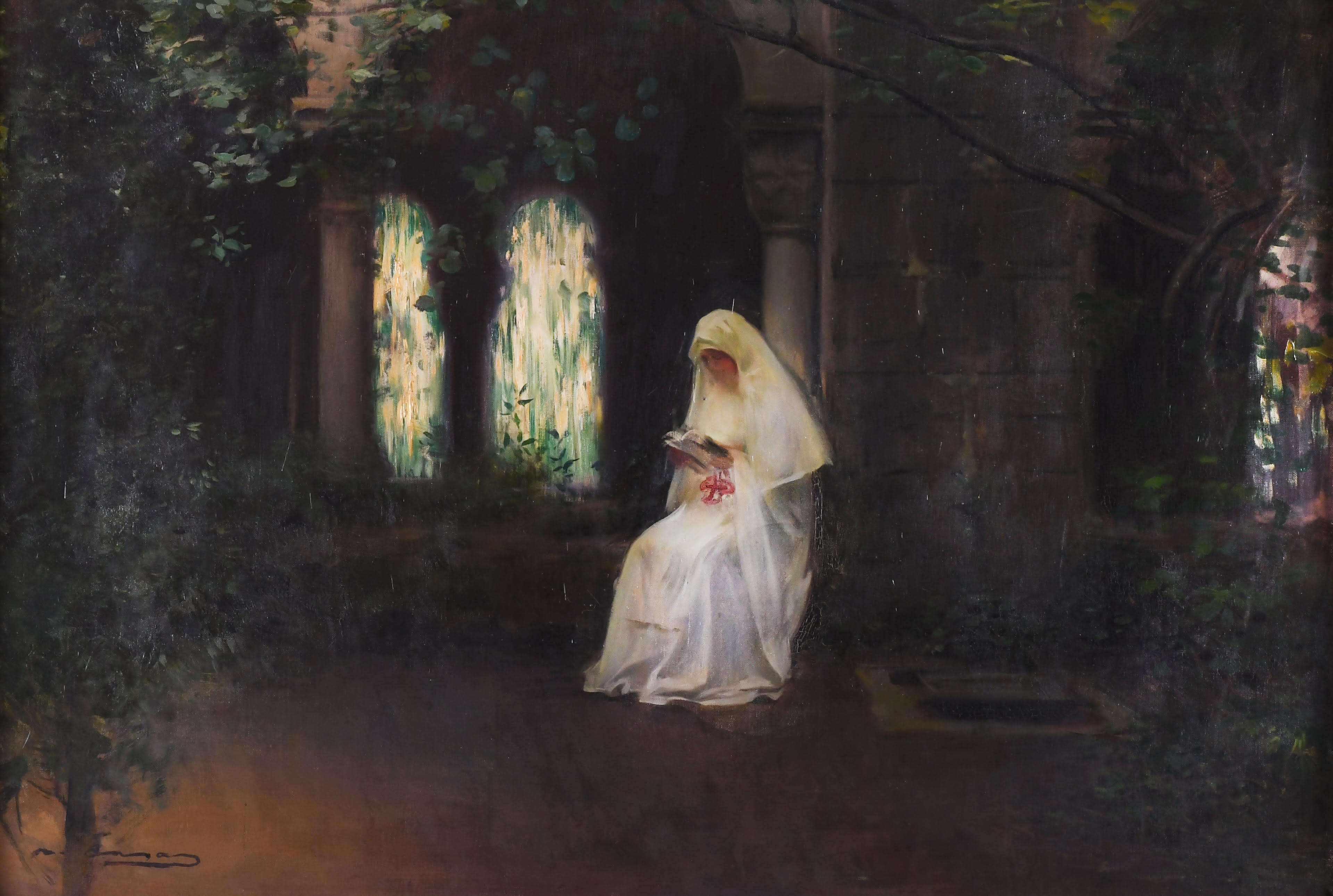'Not a regional version of art': defining Catalan culture through modernism
Ramon Casas and Santiago Rusiñol constructed the art nouveau movement beyond architecture

Walking through any Catalan city, one can see the influence that 19th century architects such as Lluís Domènech i Montaner had in Catalonia, but the influence of Catalan modernism goes further.
Modernism was born in the Western world as an art movement promoted by the bourgeoisie, the new prevailing upper social class, between the last decade of the 19th century and the first decade of the 20th. This art movement was named differently in every part of Europe, and is widely known as art nouveau in French.

In Catalonia, modernism was also seen as a trend that could allow Catalan culture to build its own identity and not be a "regional version of Spanish art." Because of that, this art movement still holds an influence on Catalonia's lifestyle, urban design, and perception.
MNAC, the National Art Museum of Catalonia, displays modern art from various different movements and styles, with pieces that highlight the social and historical context in which they were made and how the art was integrated into society.

Catalan modernism is most present in architecture, and widely known thanks to Antoni Gaudí. But the art movement took many forms which are not usually accentuated enough, such as paintings.
Modernism in painting came to Catalonia through Ramon Casas and Santiago Rusiñol, who had been living and working in Paris during the era of impressionism.
These artists brought new techniques to Catalonia that changed what was displayed in showrooms and later influenced what was taught in art schools.

Light was given more importance in the paintings and it was used to capture the atmosphere in a different way. Brushstrokes became looser and softer, which gave the impression that the paintings were not finished.
This art movement was also innovative in how shadows were created, as it did not use black but rather complementary colors or shades of blue.
Some of the most common motifs painted during modernism were everyday life scenes, people staring out of a window or reading a book, as well as different natural scenes painted from different perspectives.

Women and the female figure were also widely represented in Catalan modernism paintings, both in portraits and scenes, as well as graphic art that illustrated posters.
Yet, women were not only muses in this period. Female painters like Lluïsa Vidal and Pepita Teixidor, among many others, enjoyed success following the art nouveau tendencies.
However, women artists during that period rarely transcended in the same way that Ramon Casas did, mainly because of the traditional roles that women were expected to have at the time.